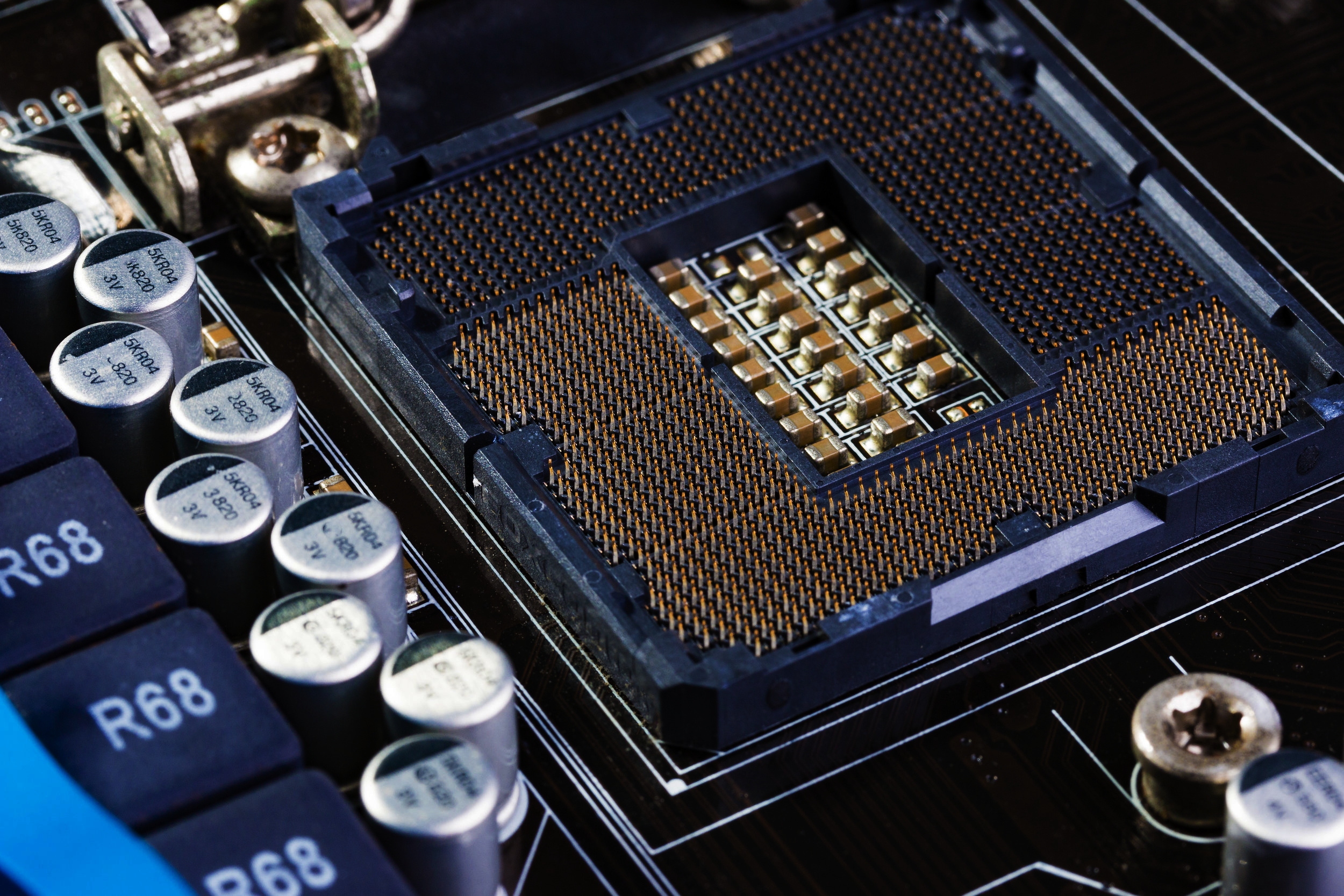Researchers use nanotechnology to develop new super-dense drive

The new solid-state drive can store the entirety of the iTunes library on the surface of a quarter.
Using nanotechnology and computer engineering, physicists at the University of Alberta have developed a solid-state drive with 1,000 times more storage capacity than before.
In July, a team of researchers in the department of physics developed the densest solid-state drive (SSD) in history, using nanotechnology to manipulate individual hydrogen atoms and create solid-state memory on the atomic scale. PhD student Roshan Achal, who was part of the team that developed the new drive, said this new approach makes smaller and more efficient computing devices possible in the future.
“It opens up the door to a whole bunch of new types of technologies and experiments that people have been dreaming about for the last two decades that weren’t necessarily possible, given the experimental limitations,” Achal says.
Regular hard drives use spinning disks coated with magnetic material to digitally store information. Conversely, conventional SSD technology uses the presence or absence of electrons on silicon chips to represent and store binary states of information.
However, Achal and his team were able to physically pick up and place atoms, and write a solid-state memory using the presence or absence of hydrogen atoms on an SSD.
As a result, the super-dense SSD could exceed the storage capacity of conventional SSDs 1,000 times while drastically reducing the physical space required.
“With the type of storage density we achieved, we would be able to, in theory, store all of the iTunes library onto the surface of a quarter,” Achal said.
Among the equipment they used was an AI-assisted scanning tunnelling microscope, which allows for imaging surfaces at the atomic scale, and is equipped with a tungsten tip sharpened to the width of an atom at the point.
“The actual discovery was that we were able to create this pull platform that allowed us to refine existing techniques for removing atoms from our surface,” Achal says. “We were able to place atoms much more quickly than any other technique had previously demonstrated.”
To demonstrate their pull platform, Achal and his team recreated the first 24 notes of the Super Mario Bros. theme song using atomic-scale bit memory. In June 2017, they previously used the same technique to place 32 individual atoms to resemble a maple leaf and the number 150 in commemoration of Canada’s 150th anniversary.
Achal also believes that the optimization of atomic manipulation techniques could be applied elsewhere in the tech industry.
“The actual ability to manipulate these atoms the way we do opens up the door to smaller, computational elements in computers,” Achal says, “So we might be able to develop smaller and more power-efficient computing devices.”
The research article detailing the work was published through Nature Communications and is available on open access.





